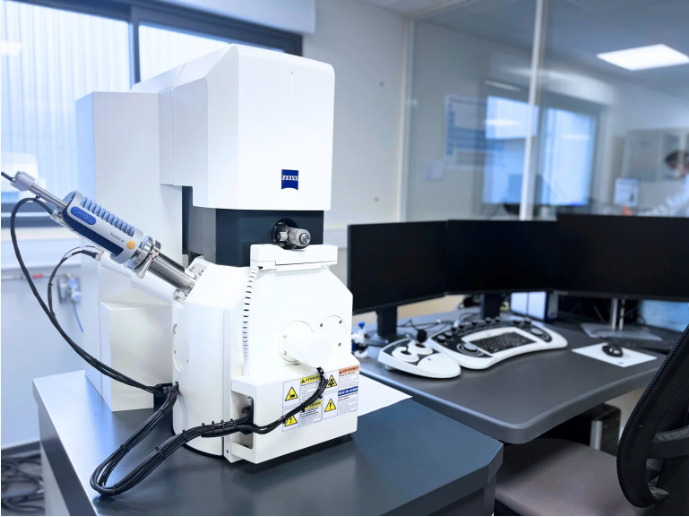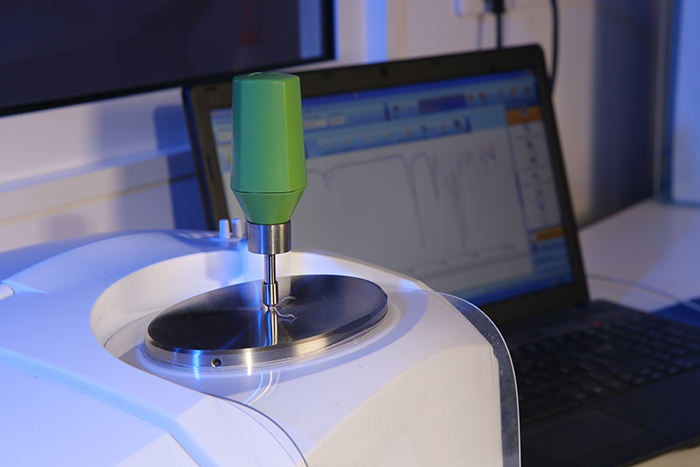In Europe, medical devices and pharmaceuticals are regulated by the European Union (EU) under the Regulation (EU) 2017/745. This regulation requires manufacturers to demonstrate that their medical devices are safe and effective and meet certain quality standards, including testing for particulate contamination. The regulation sets out specific requirements for the chemical analysis of medical devices and pharmaceuticals, including the need to identify and quantify any particulate contamination. The regulation also requires manufacturers to have a quality management system in place to ensure that medical devices and pharmaceuticals are produced consistently and meet the required standards. Failure to comply with these regulations can result in fines, legal action, and damage to the manufacturer's reputation.










